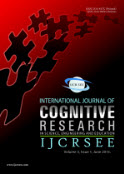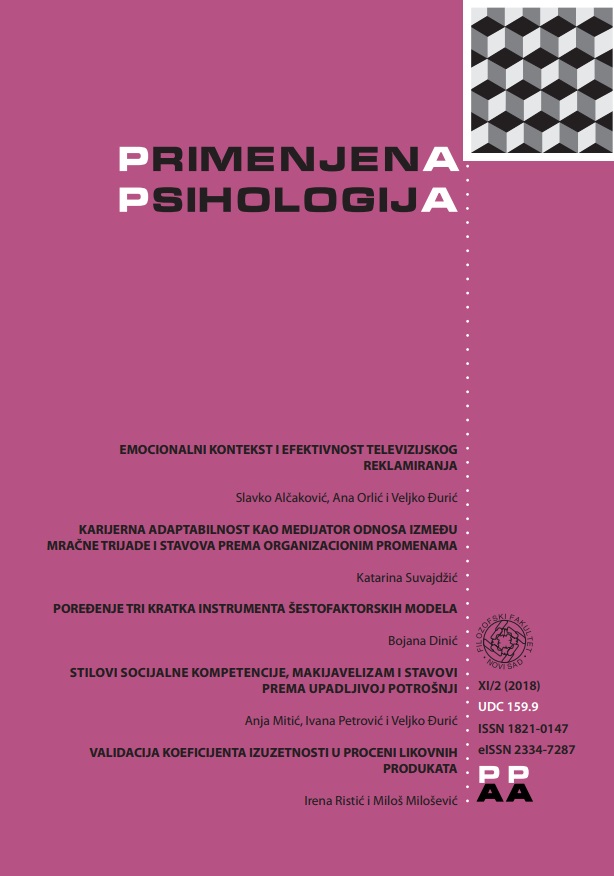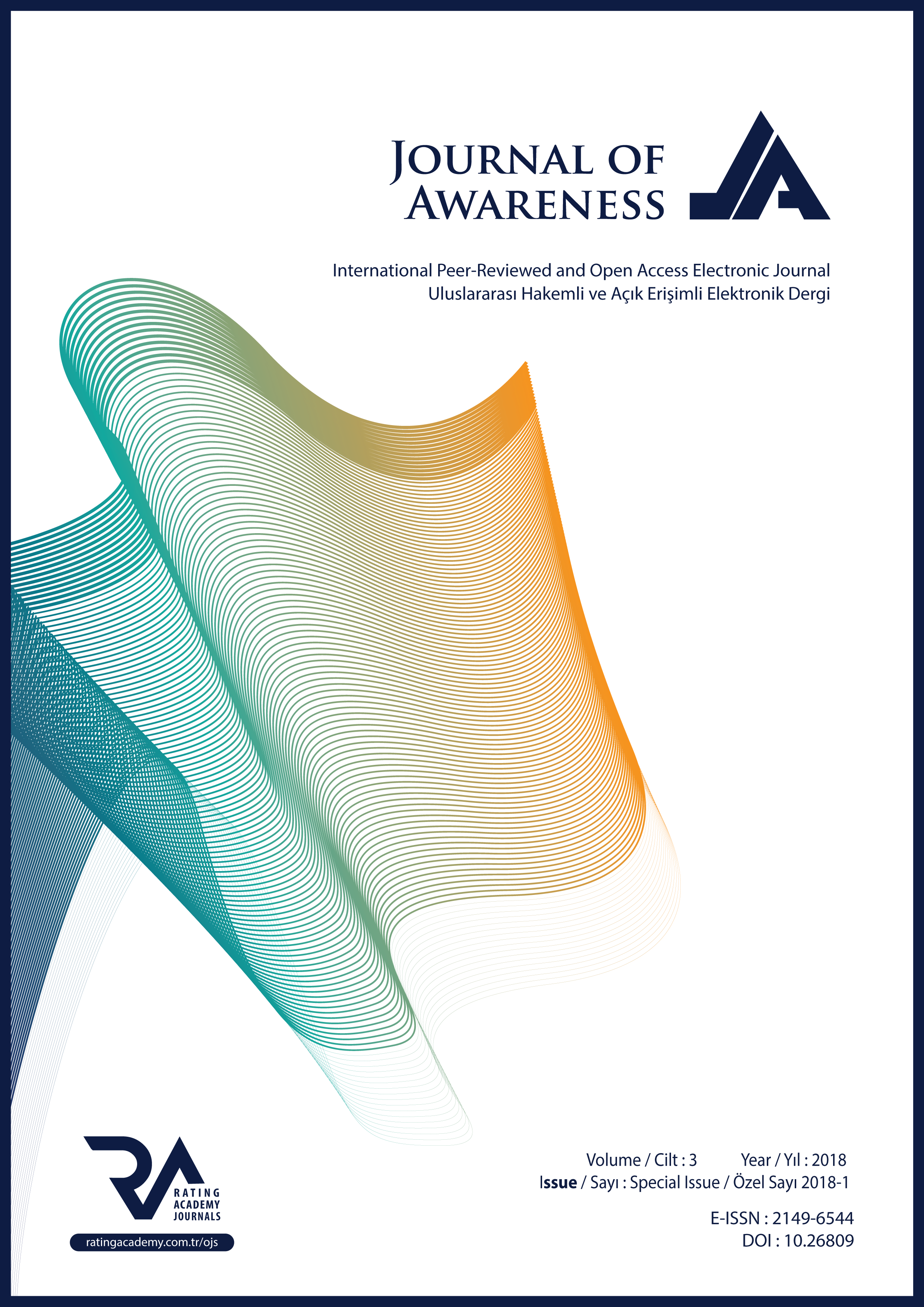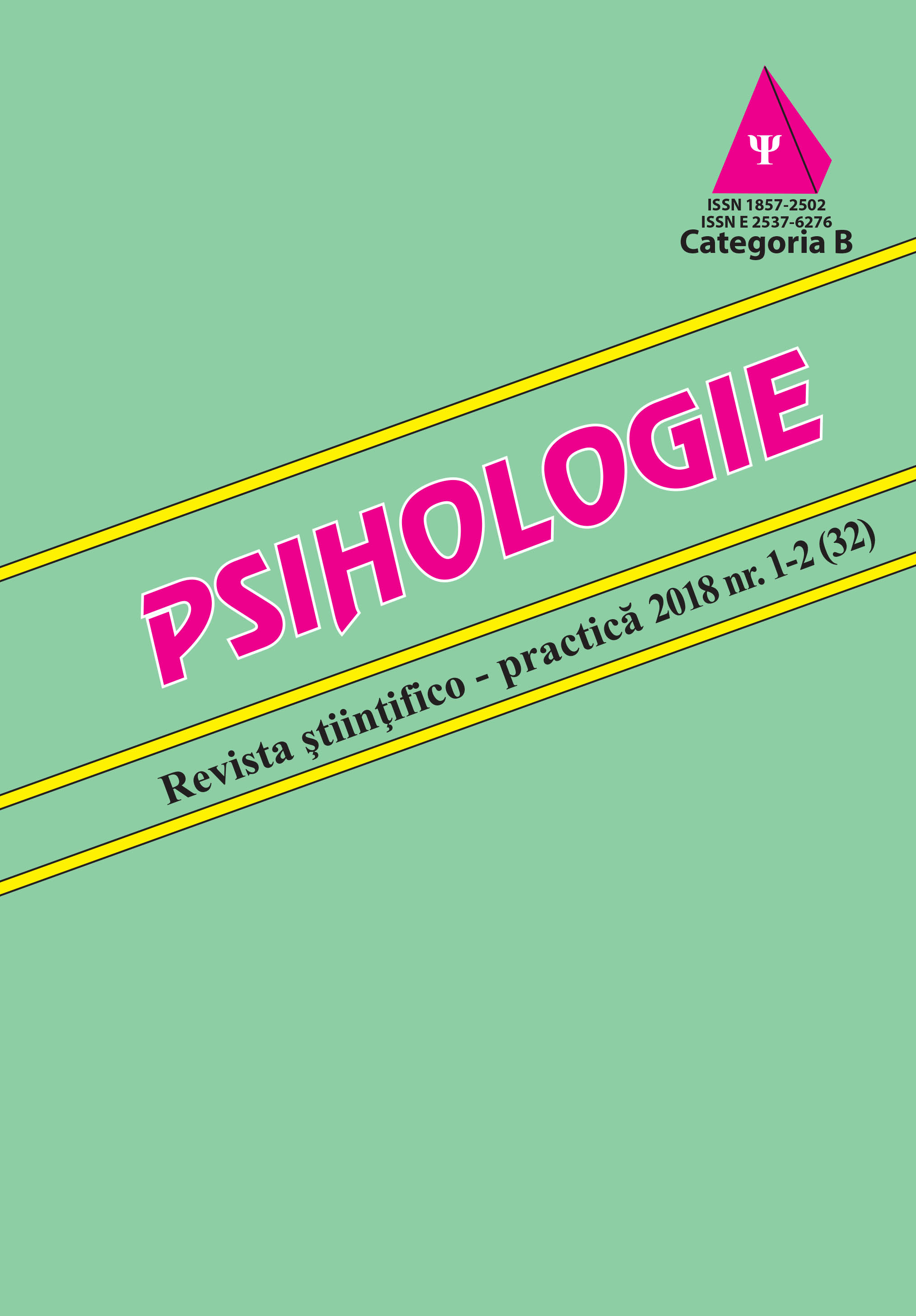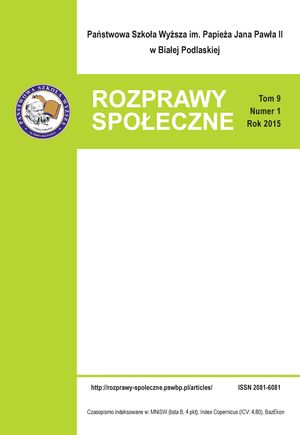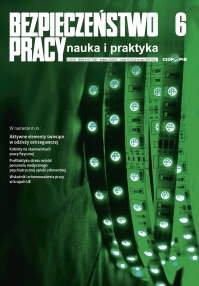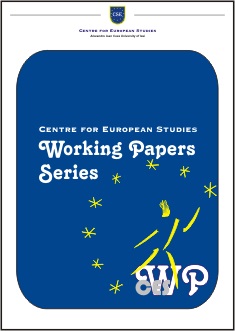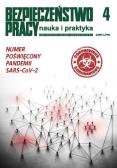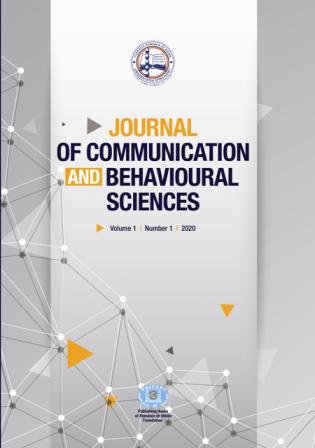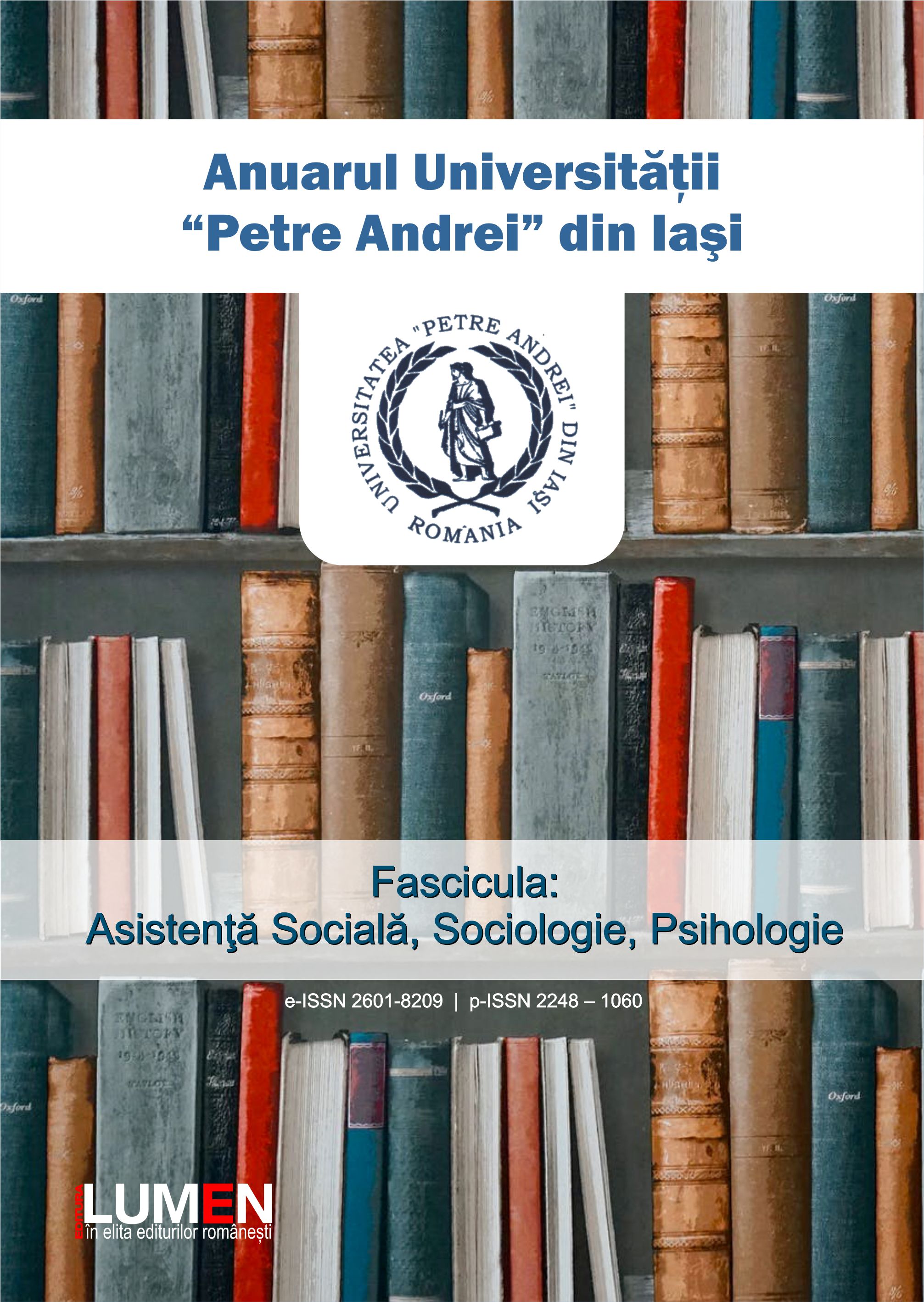
Razlike u intenzitetu stresa i strategijama suočavanja sa stresom kod deminera s obzirom na radno mjesto i dužinu radnog staža
The main objective of this study was to determine the difference in the intensity of stress and coping strategies of deminers with regard to the position and length of service. The study included 216 participants, or deminers of Armed Forces in BiH of varying lengths of service, which include deminers of various demining teams of BiH Armed Forces, who work on different or specific jobs and of working conditions depending on the type of work activity. The following measuring instruments were used for the research: Demographic Information Questionnaire, the Job Stress Inventory (JSI) and Coping Inventory for Stressful Situations, by Endler and Parker (CISS). The results showed that, as a whole, there were no significant differences in the intensity of stress and coping strategies with regard to the position and length of service. Differences were found in the intensity of stress in relation to the position and length of service, and in coping focused on emotions and coping focused on the problem in relation to the workplace.
More...
